 When it comes time to decide if you want to downsize, there are many thoughts and emotions that go speeding through your mind. Maybe you have already decided this is your home for the rest of your life. Your home was the perfect place to meet your needs when you were in an earlier cycle of life, and will be the ideal home for all the events you see happening in your next. If you are inclined to feel that the home you currently reside in may have out-lived its purpose, you may be struggling with some of the same thoughts and emotions my husband and I had when it came to the emotional and financially sensitive decision to downsize.
When it comes time to decide if you want to downsize, there are many thoughts and emotions that go speeding through your mind. Maybe you have already decided this is your home for the rest of your life. Your home was the perfect place to meet your needs when you were in an earlier cycle of life, and will be the ideal home for all the events you see happening in your next. If you are inclined to feel that the home you currently reside in may have out-lived its purpose, you may be struggling with some of the same thoughts and emotions my husband and I had when it came to the emotional and financially sensitive decision to downsize.
In our situation, we loved our home. It provided everything we needed to raise our three children, plus nurture all the creative projects that identified who we are as a family as well as individuals. Our children were just like anyone else’s; loved, individually different, all requiring unique activities and space to help them grow, using their special talents. We loved our neighborhood and took an active part in making it an extension of our home. Considering that it had been our home for decades, deciding to leave was emotionally difficult.
We spent several years before we knew we would leave our home, looking at all the smaller options. We wondered, should we look for another single-family dwelling or check out other options like co-ops of condominiums? My husband had spent the past twenty-five years mowing our lawn and was quite willing to remove this task from his plate. I, on the other hand, still loved to garden. Was there a living environment that could satisfy both these expectations? We looked at every condominium and every co-op in the Seattle area for five years, but nothing really fulfilled everything we needed. We had a list of features including a garden spot, closets and efficient use of space, etc. I’m an Old World Charm lady, but guess what? Back in the 20’s ladies only owned three dresses. Let’s just say, I own a few more outfits than most pre-war closets were meant to hold. So the search went on.
When our children finally reached their 20’s and my husband wanted to retire, we knew it was time to make our move. Like I said, everyone loves their children, but not all the party time we now came to expect in our rec room every weekend. We were ready to have a space of our own, and it was time for our kids to begin their next cycle in-life. We also had too much of our finances tied up in a 3,000 square foot house, when in reality we needed less and could save more. We had to leave the home we had dedicated to making our unique expression of who we were, and leave very soon.
If any of this sounds familiar, your task will be a little easier than it seems! Here is some practical advice for making your move:
Define your needs: Narrow down your ideal needs. Start by deciding if you want a single-family versus multi-family dwelling. Consider your price range, and then space needs.
Downsize: We downsized a bit more than we should have, but we sure got rid of lots of items we collected over the past 25 years. Some of them were special to me. I’d purchased a beautiful wood serving tray at a yard sale with one of my dearest friends. I had to borrow money from her to buy it. I solved the problem by giving it to her when we moved, and I still see it when I visit her home. My children took much of the furniture they had a special connection to, and my nephew, who spent nearly every Christmas sitting in his favorite red chair, can now enjoy it in his own home.
Let go: Leaving the neighborhood and all our lifelong friends was the most difficult process, I think, of all the decisions we had to make. We still see them, but as I’m writing this my eyes are tearing up. It’s hard to re-visit my old neighborhood and see my old home cared for in a different way than I had lovingly done for twenty-five years. But it does give us plenty of things to talk about with old friends when we get together.
What did we end up doing? We moved into a vintage 1930’s co-op in a walkable part of town. I have just the right amount of gardening space that I share with other owners. We have made wonderful friends with some of our neighbors and get together frequently for happy hour and spur-of-the-moment gatherings. It’s a different lifestyle than we had before but, believe me, there are plus sides. In no way will any of our three wonderful, adored, adult children ever be able to move back home, since we now live in an 850-square-foot co-op with every space used on a daily basis. There were times when I wouldn’t go in one of my rooms in our old home for several weeks. This is not a problem now. Yes, maybe it’s too small, but we can always move into a larger place if and when we feel it’s time.
What are your questions about downsizing your home? What features do you require to live in a smaller, more efficient dwelling?
Pat Eskenazi is a Windermere veteran, working in marketing for the past 12 years. She has lived in Seattle since 1952. Her favorite place to walk is along Golden Gardens, and she especially loves to climb the stairs up to the Sunset Hill neighborhood where she lived with her 3 children and husband for 25 years.
For more information on Windermere Evergreen please contact us here.
 Facebook
Facebook
 X
X
 Pinterest
Pinterest
 Copy Link
Copy Link

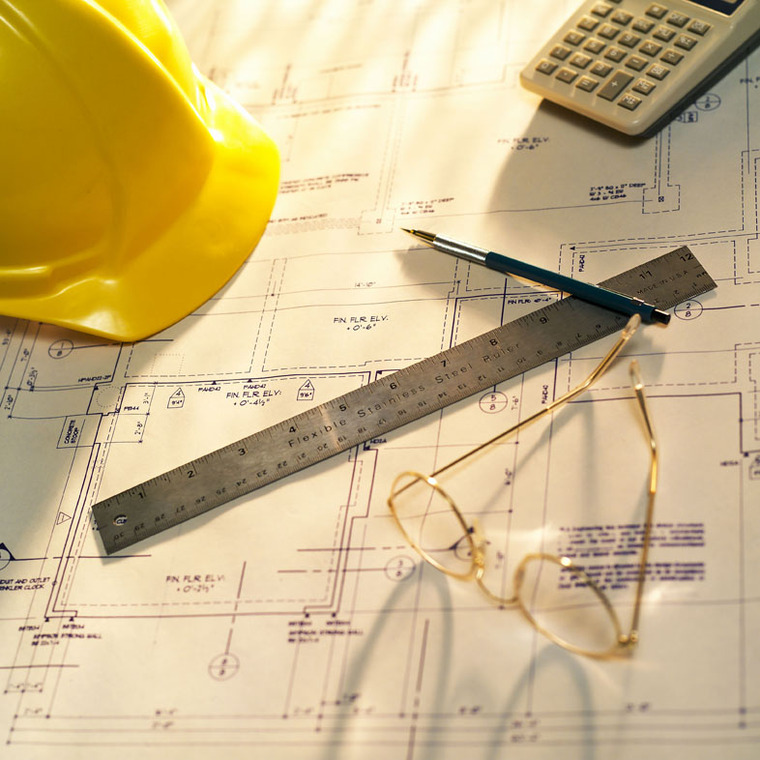
 When it comes time to sell a home, most people want the property to sell quickly for the highest possible return. Setting the correct listing price is the most important step in reaching this goal. Price a property too low and it might sell quickly, but you could pocket less profit. Set it too high and you run the risk of pricing yourself out of the market.
When it comes time to sell a home, most people want the property to sell quickly for the highest possible return. Setting the correct listing price is the most important step in reaching this goal. Price a property too low and it might sell quickly, but you could pocket less profit. Set it too high and you run the risk of pricing yourself out of the market.
 Now that the end of the year is upon us, it’s time to start thinking about some New Year resolutions. At Windermere, our resolutions change very little year after year. That’s because the highest expectation we can set for ourselves is to anticipate and respond to the needs of our clients, while supporting the communities in which we serve.
Now that the end of the year is upon us, it’s time to start thinking about some New Year resolutions. At Windermere, our resolutions change very little year after year. That’s because the highest expectation we can set for ourselves is to anticipate and respond to the needs of our clients, while supporting the communities in which we serve.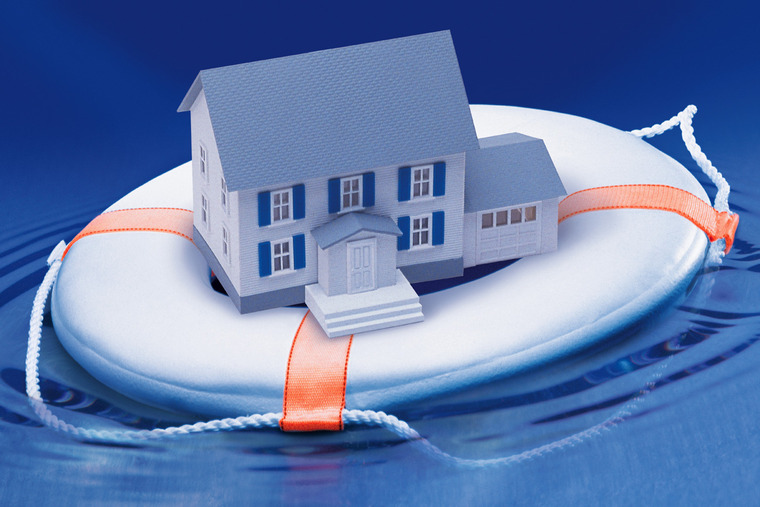
 In addition to providing shelter and comfort, our home is often our single greatest asset. And it’s important that we protect that precious investment. Most homeowners realize the importance of homeowners insurance in safeguarding the value of a home. However, what they may not know is that about two-thirds of all homeowners are under-insured. According to a national survey, the average homeowner has enough insurance to rebuild only about 80% of his or her house.
In addition to providing shelter and comfort, our home is often our single greatest asset. And it’s important that we protect that precious investment. Most homeowners realize the importance of homeowners insurance in safeguarding the value of a home. However, what they may not know is that about two-thirds of all homeowners are under-insured. According to a national survey, the average homeowner has enough insurance to rebuild only about 80% of his or her house.
 Now that the end of the year is upon us, it’s time to start thinking about some New Year resolutions. If your 2018 resolution is to buy or sell a home, here are some suggestions to help you along the way. For everyone else, we’ve added some tips about building equity and investing in updates to your home.
Now that the end of the year is upon us, it’s time to start thinking about some New Year resolutions. If your 2018 resolution is to buy or sell a home, here are some suggestions to help you along the way. For everyone else, we’ve added some tips about building equity and investing in updates to your home.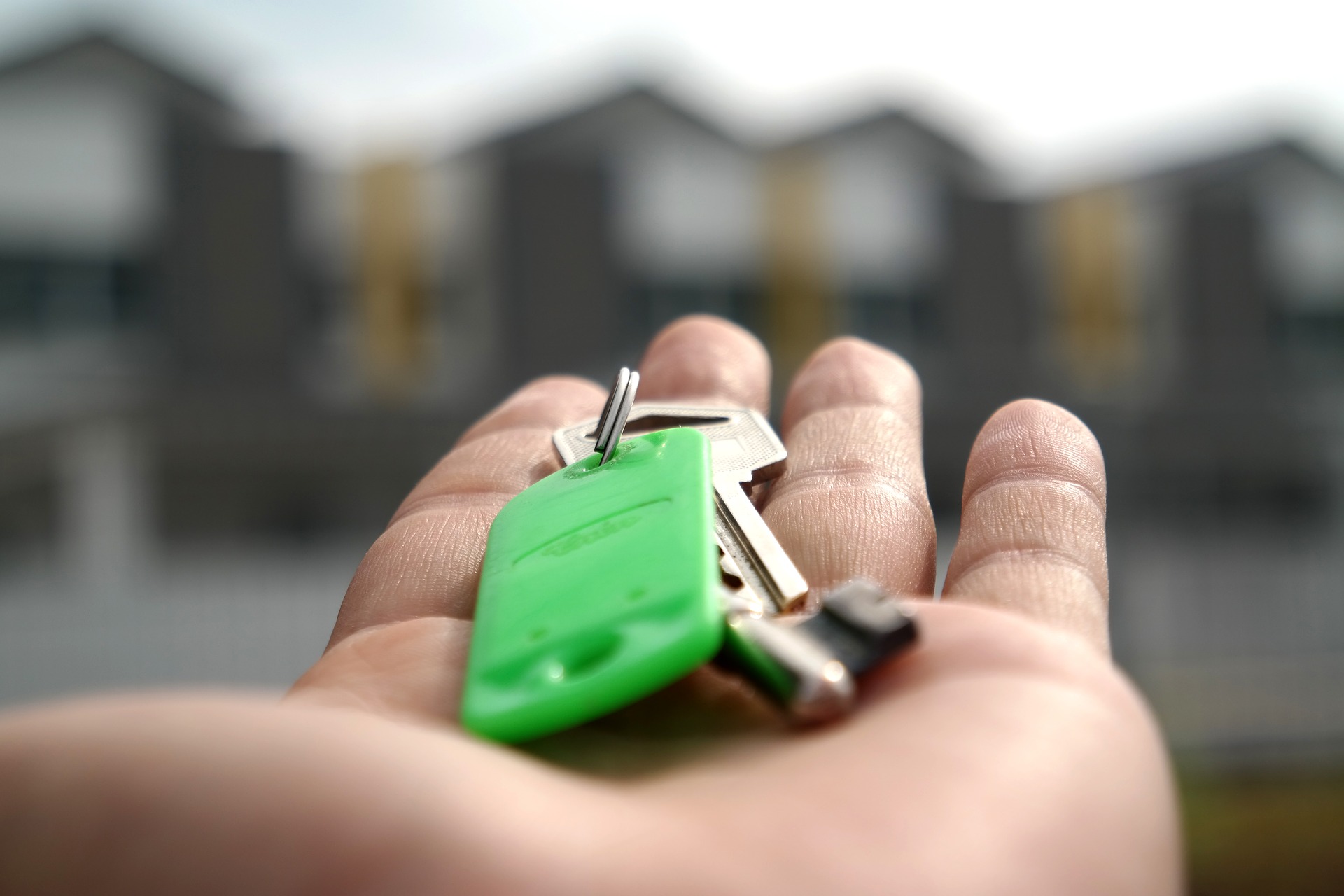





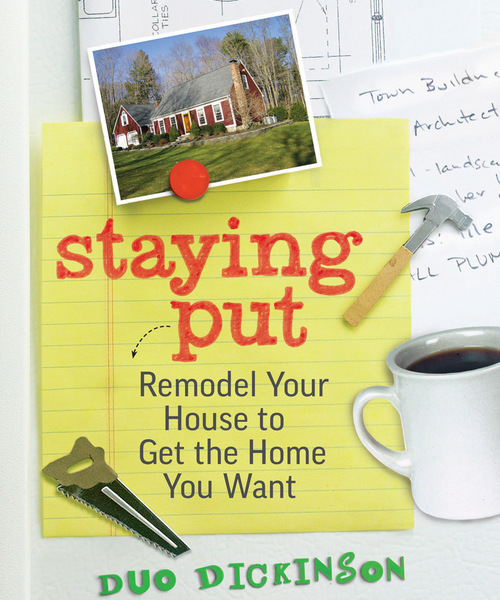

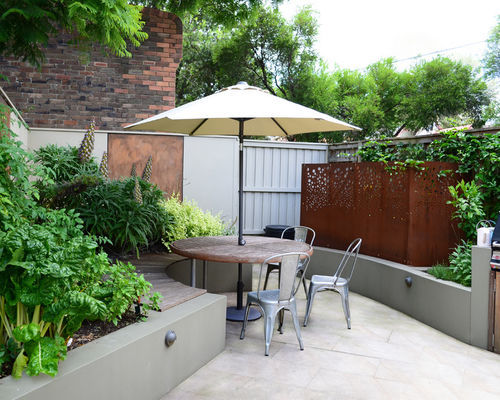
 You probably don’t give much thought to your garbage cans, other than remembering to put them out on the right day. But we all have to store our trash and recycling bins somewhere, and doing so can be a challenge on a smaller property, especially if you don’t want them to be an eyesore. If you’re struggling to find a stylish way to store your bins, check out these smart and inspiring ideas. Now, is it black or green bin day this week?
You probably don’t give much thought to your garbage cans, other than remembering to put them out on the right day. But we all have to store our trash and recycling bins somewhere, and doing so can be a challenge on a smaller property, especially if you don’t want them to be an eyesore. If you’re struggling to find a stylish way to store your bins, check out these smart and inspiring ideas. Now, is it black or green bin day this week?